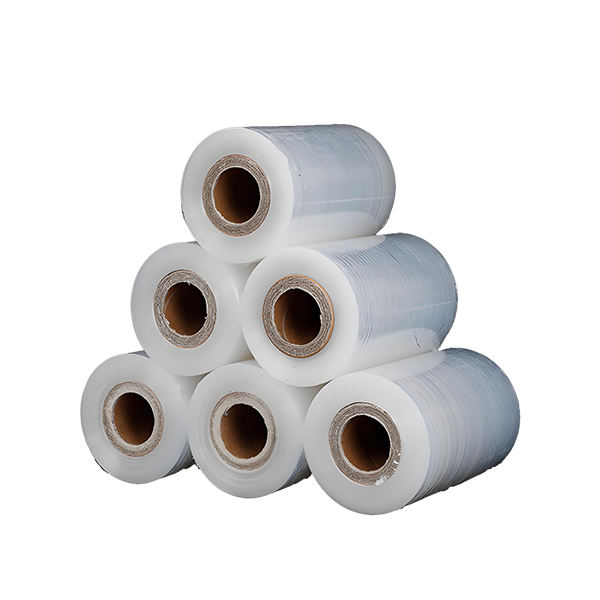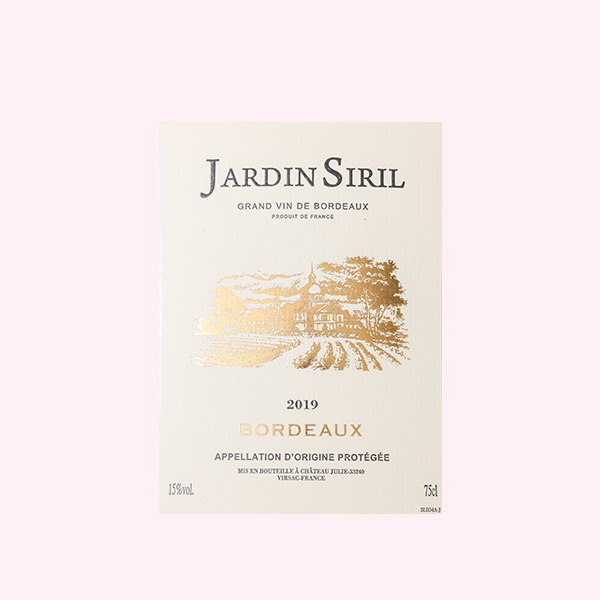When it comes to food packaging and preparation, the choice of paper can significantly impact both the quality of the food and the overall dining experience. With a myriad of options available, understanding which paper is best for food-related applications is crucial for chefs, caterers, and food enthusiasts alike. This article delves into the various types of food-grade papers, their properties, and their ideal uses, ensuring you make an informed decision for your culinary needs.
Understanding Food-Grade Paper
Food-grade paper is specifically designed to be safe for direct contact with food. It is manufactured under strict regulations to ensure that it does not leach harmful substances into the food. The primary types of food-grade paper include:
- Parchment Paper
- Wax Paper
- Butcher Paper
- Greaseproof Paper
- Kraft Paper
Each type has unique characteristics that make it suitable for specific applications.
- Parchment Paper
Parchment paper is a versatile option often used in baking. It is treated with acid to give it a non-stick surface, making it ideal for lining baking sheets and cake pans. Its heat resistance allows it to withstand high temperatures, making it perfect for roasting and baking. Additionally, parchment paper is moisture-resistant, which helps maintain the integrity of the food.
Best Uses:
- Baking cookies and pastries
- Roasting vegetables
- Cooking en papillote (in a paper pouch)
- Wax Paper
Wax paper is coated with a thin layer of wax, making it moisture-resistant but not heat-resistant. This type of paper is excellent for wrapping food items, such as sandwiches or baked goods, to keep them fresh. However, it should not be used in the oven, as the wax can melt and potentially contaminate the food.
Best Uses:
- Wrapping sandwiches
- Lining countertops for messy tasks
- Storing baked goods at room temperature
- Butcher Paper
Butcher paper is a strong, durable paper that is often used in the meat industry. It is breathable, allowing moisture to escape while still protecting the food from contaminants. This makes it an excellent choice for wrapping meats and fish, as well as for use in barbecue settings.
Best Uses:
- Wrapping fresh meats
- Serving barbecue
- Crafting food presentation boards
- Greaseproof Paper
Greaseproof paper is specifically designed to resist grease and oil, making it ideal for packaging fried foods and baked goods. It is often used in fast food restaurants and bakeries to prevent grease from seeping through and ruining the presentation.
Best Uses:
- Wrapping fried foods
- Lining trays for baked goods
- Serving pastries and snacks
- Kraft Paper
Kraft paper is a strong, unbleached paper that is often used for food packaging. It is biodegradable and recyclable, making it an eco-friendly option. While it is not inherently greaseproof, it can be treated to enhance its resistance to moisture and grease.
Best Uses:
- Takeout containers
- Food bags for sandwiches and snacks
- Eco-friendly packaging solutions
Factors to Consider When Choosing Food Paper
When selecting the best paper for food, several factors should be taken into account:
- Food Safety: Ensure the paper is food-grade and complies with safety regulations.
- Temperature Resistance: Consider the cooking method and temperature to avoid paper degradation.
- Moisture and Grease Resistance: Choose a paper that can withstand the specific moisture and grease levels of the food being prepared or served.
- Environmental Impact: Opt for biodegradable or recyclable options when possible to minimize environmental harm.
Conclusion
Choosing the right paper for food is not merely a matter of convenience; it can significantly affect food quality, safety, and presentation. By understanding the various types of food-grade papers and their specific applications, you can enhance your culinary endeavors while ensuring compliance with safety standards. Whether you are a professional chef or a home cook, selecting the appropriate paper will elevate your food preparation and presentation, making every meal a delightful experience.


